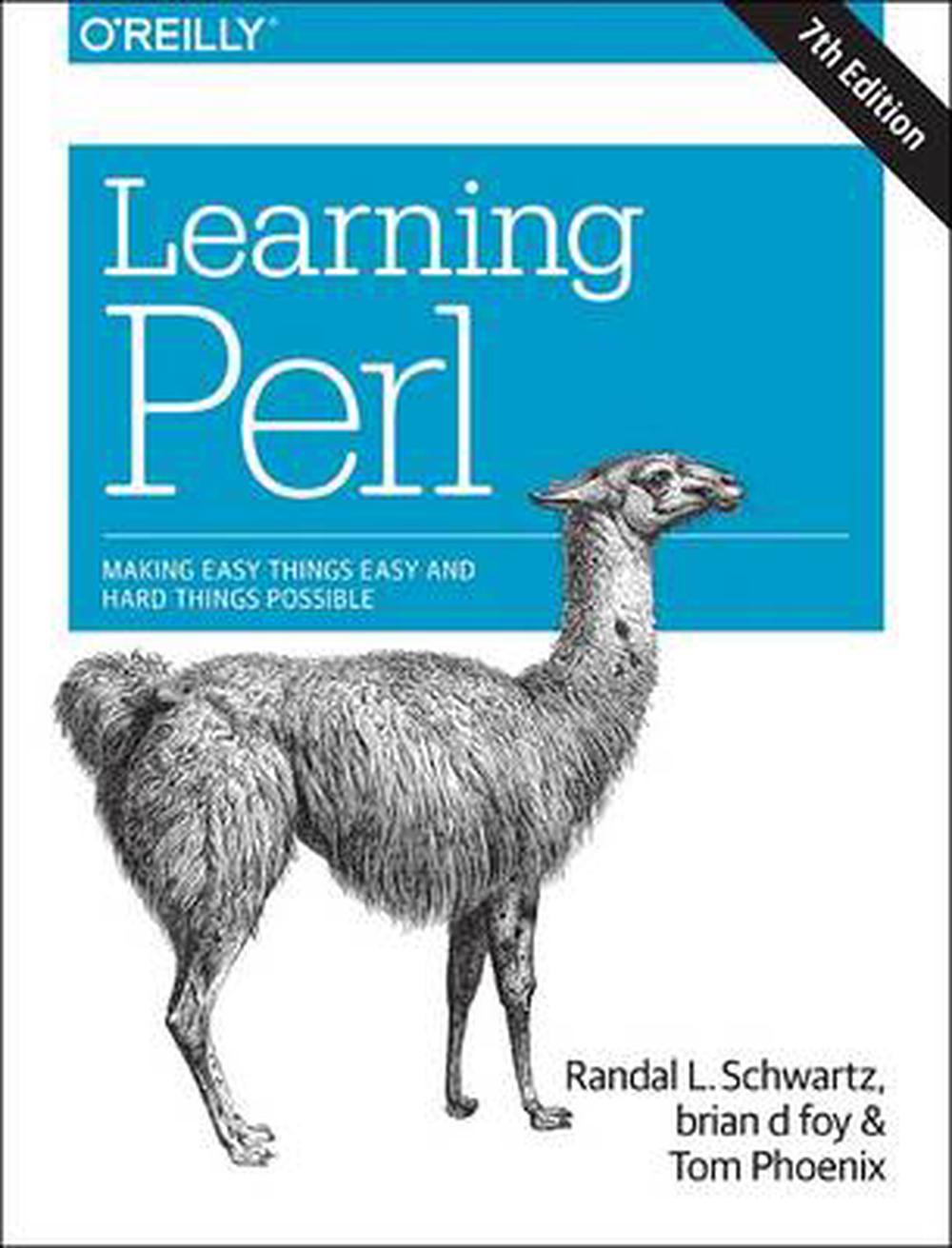𝕷𝖎𝖇𝖗𝖆𝖗𝖞 𝕸𝖆𝖓𝖆𝖌𝖊𝖒𝖊𝖓𝖙 𝕾𝖞𝖘𝖙𝖊𝖒
𝐒𝐜𝐫𝐢𝐩𝐭𝐢𝐧𝐠 𝐋𝐚𝐧𝐠𝐮𝐚𝐠𝐞𝐬

PHP is a general-purpose scripting language geared toward web development.[8] It was originally created by Danish-Canadian programmer Rasmus Lerdorf in 1993 and released in 1995.[9][10] The PHP reference implementation is now produced by The PHP Group.[11] PHP was originally an abbreviation of Personal Home Page,[12][13] but it now stands for the recursive initialism PHP: Hypertext Preprocessor.[14] PHP code is usually processed on a web server by a PHP interpreter implemented as a module, a daemon or as a Common Gateway Interface (CGI) executable. On a web server, the result of the interpreted and executed PHP code – which may be any type of data, such as generated HTML or binary image data – would form the whole or part of an HTTP response. Various web template systems, web content management systems, and web frameworks exist which can be employed to orchestrate or facilitate the generation of that response. Additionally, PHP can be used for many programming tasks outside the web context, such as standalone graphical applications[15] and robotic drone control.[16] PHP code can also be directly executed from the command line. 𝐑𝐞𝐚𝐝 𝐦𝐨𝐫𝐞..
buy PHP at Amazon
 Ruby is an interpreted, high-level, general-purpose programming language which supports multiple programming paradigms. It was designed with an emphasis on programming productivity and simplicity. In Ruby, everything is an object, including primitive data types. It was developed in the mid-1990s by Yukihiro "Matz" Matsumoto in Japan.
Ruby is dynamically typed and uses garbage collection and just-in-time compilation. It supports multiple programming paradigms, including procedural, object-oriented, and functional programming. According to the creator, Ruby was influenced by Perl, Smalltalk, Eiffel, Ada, BASIC, Java and Lisp.Matsumoto has said that Ruby was conceived in 1993. In a 1999 post to the ruby-talk mailing list, he describes some of his early ideas about the languageI was talking with my colleague about the possibility of an object-oriented scripting language. I knew Perl (Perl4, not Perl5), but I didn't like it really, because it had the smell of a toy language (it still has). The object-oriented language seemed very promising. I knew Python then. But I didn't like it, because I didn't think it was a true object-oriented language – OO features and also 𝐑𝐞𝐚𝐝 𝐦𝐨𝐫𝐞..
Ruby is an interpreted, high-level, general-purpose programming language which supports multiple programming paradigms. It was designed with an emphasis on programming productivity and simplicity. In Ruby, everything is an object, including primitive data types. It was developed in the mid-1990s by Yukihiro "Matz" Matsumoto in Japan.
Ruby is dynamically typed and uses garbage collection and just-in-time compilation. It supports multiple programming paradigms, including procedural, object-oriented, and functional programming. According to the creator, Ruby was influenced by Perl, Smalltalk, Eiffel, Ada, BASIC, Java and Lisp.Matsumoto has said that Ruby was conceived in 1993. In a 1999 post to the ruby-talk mailing list, he describes some of his early ideas about the languageI was talking with my colleague about the possibility of an object-oriented scripting language. I knew Perl (Perl4, not Perl5), but I didn't like it really, because it had the smell of a toy language (it still has). The object-oriented language seemed very promising. I knew Python then. But I didn't like it, because I didn't think it was a true object-oriented language – OO features and also 𝐑𝐞𝐚𝐝 𝐦𝐨𝐫𝐞..
Buy Ruby at Amazon

Python is a high-level, general-purpose programming language. Its design philosophy emphasizes code readability with the use of significant indentation.[33]
Python is dynamically typed and garbage-collected. It supports multiple programming paradigms, including structured (particularly procedural), object-oriented and functional programming. It is often described as a "batteries included" language due to its comprehensive standard library.[34][35]
Guido van Rossum began working on Python in the late 1980s as a successor to the ABC programming language and first released it in 1991 as Python 0.9.0.[36] Python 2.0 was released in 2000. Python 3.0, released in 2008, was a major revision not completely backward-compatible with earlier versions. Python 2.7.18, released in 2020, was the last release of Python .Python consistently ranks as one of the most popular programming languages.Python was conceived in the late 1980s[42] by Guido van Rossum at Centrum Wiskunde & Informatica (CWI) in the Netherlands as a successor to the ABC programming language, which was inspired by SETL,[43] capable of exception handling and interfacing with the Amoeba operating system 𝐑𝐞𝐚𝐝 𝐦𝐨𝐫𝐞..
Buy python at Amazon

Perl is a family of two high-level, general-purpose, interpreted, dynamic programming languages. "Perl" refers to Perl 5, but from 2000 to 2019 it also referred to its redesigned "sister language", Perl 6, before the latter's name was officially changed to Raku in October 2019.[9][10]
Though Perl is not officially an acronym,[11] there are various backronyms in use, including "Practical Extraction and Reporting Language".[12] Perl was developed by Larry Wall in 1987 as a general-purpose Unix scripting language to make report processing easier.[13] Since then, it has undergone many changes and revisions. Raku, which began as a redesign of Perl 5 in 2000, eventually evolved into a separate language. Both languages continue to be developed independently by different development teams and liberally borrow ideas from each other.
The Perl languages borrow features from other programming languages including C, sh, AWK, and sed;[1] They provide text processing facilities without the arbitrary data-length limits of many contemporary Unix command line tools.[14] Perl 5 gained widespread popularity in the late 1990s as a CGI scripting language, 𝐑𝐞𝐚𝐝 𝐦𝐨𝐫𝐞..
Buy Perl at Amazon
Copyright@2023 library Management System. All rights reseved